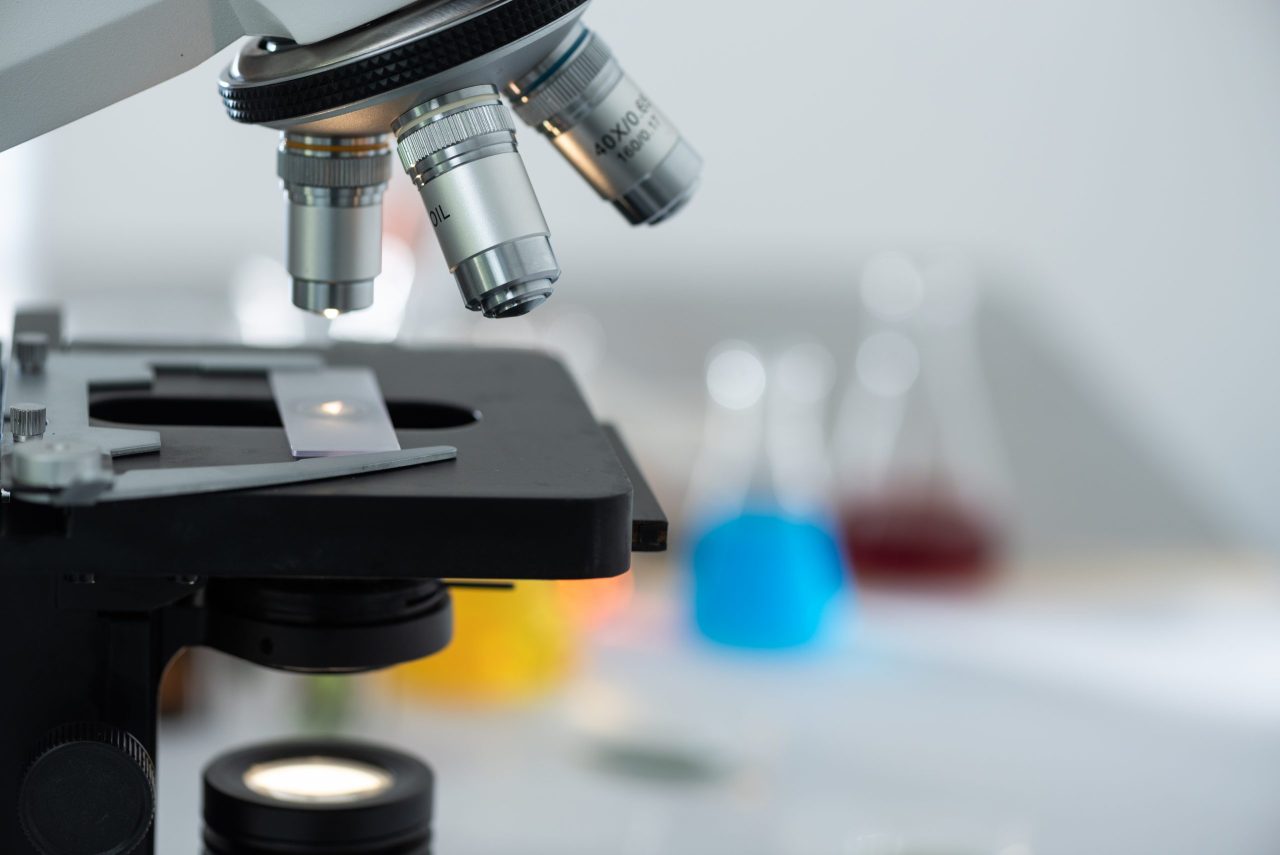The microscope is a piece of equipment that has been evolving day by day thanks to advances in its electronic and mechanical optical components. The knowledge of the fundamental structure of a microscope and the parts that compose it as well as its function, will help the user in his interrelation with the microscopic equipment to make the appropriate decisions about the necessary care of the same.
The light microscope is an optical device used to magnify and resolve fine details of a microscopic object. It is made up of different parts: mechanical, optical and lighting.
Mechanical parts of a microscope
- Base or foot: serves as a support for the microscope and usually has enough weight to give stability to the equipment.
- Column: attaches the stage to the base and supports the condenser and diaphragm.
- Tube: supports the eyepiece and objective and keeps them separated by the correct working distance.
- Arm: continuation of the base or foot that allows the microscope to be moved by hand.
- Stage: supports the slides with the sample placed on a central hole that lets the light coming from the condenser or the mirror pass through.
- Tweezers: Hold the microscope slide firmly on the stage.
- Revolver: allows the microscope’s objectives to be placed alternatively in the working position.
- Coarse Screw: Moves the stage or tube up or down, rapidly moving the target closer or further away to the approximate working distance from the specimen.
- Micrometer screw: allows the tube to be moved slowly and precisely towards the stage or vice versa.
Optical part
- Eyepieces: made up of lenses that multiply the magnification of the objective. They are located at the top of the tube. A good eyepiece (10x) can allow a total magnification of 1000x.
- Objectives: composed of lenses of different magnification. They are located in the lower part of the tube (stirring system). Normally a light microscope has three objective lenses: 10X, 40X and 100X, independent and interchangeable. Each of them has a given magnification, and their purpose is to magnify the object to produce a real image that is projected up to the focal plane of the eyepiece. This image, in turn, is magnified by the eyepiece to produce the image, which is seen by the eye of the beholder. The 10X objective is the shortest of the three, followed by the intermediate length objective at 40-45X magnification. The longest of all is the immersion objective which has a magnification of 100X. The number of the increase is inscribed on the side. The focal length of each of them is approximately 16mm, 4mm and 1.8mm respectively.
Lighting system
- Light source: artificial light from an external lamp or one that is inserted into the base or foot of the microscope can be used. When using the external lamp a mirror is required.
- Mirror: required by microscopes that work with external lamps and allows the light that must pass through the diaphragm, stage, preparation and optical system to reflect upwards. The flat mirror is used when there is enough light and the concave when there is little light.
- Condenser: concentrates the light beam on the preparation.
- Diaphragm: regulates the amount of light that will pass through the preparation.
At Kalstein we are MANUFACTURERS and we offer you an excellent range of microscopes of the highest quality, and at HERE

